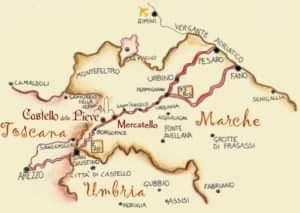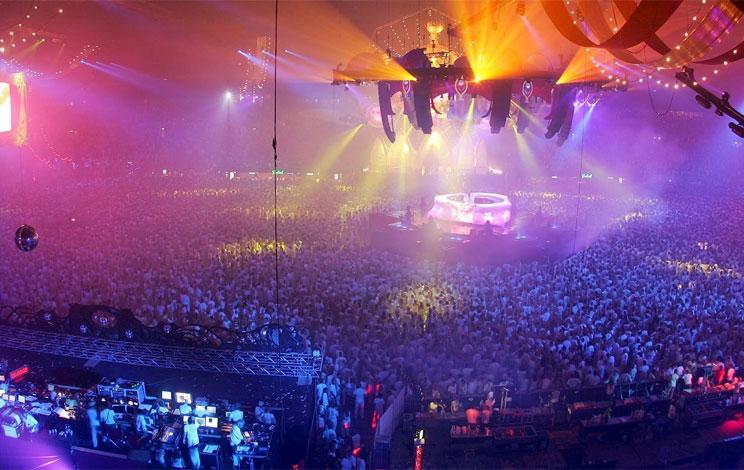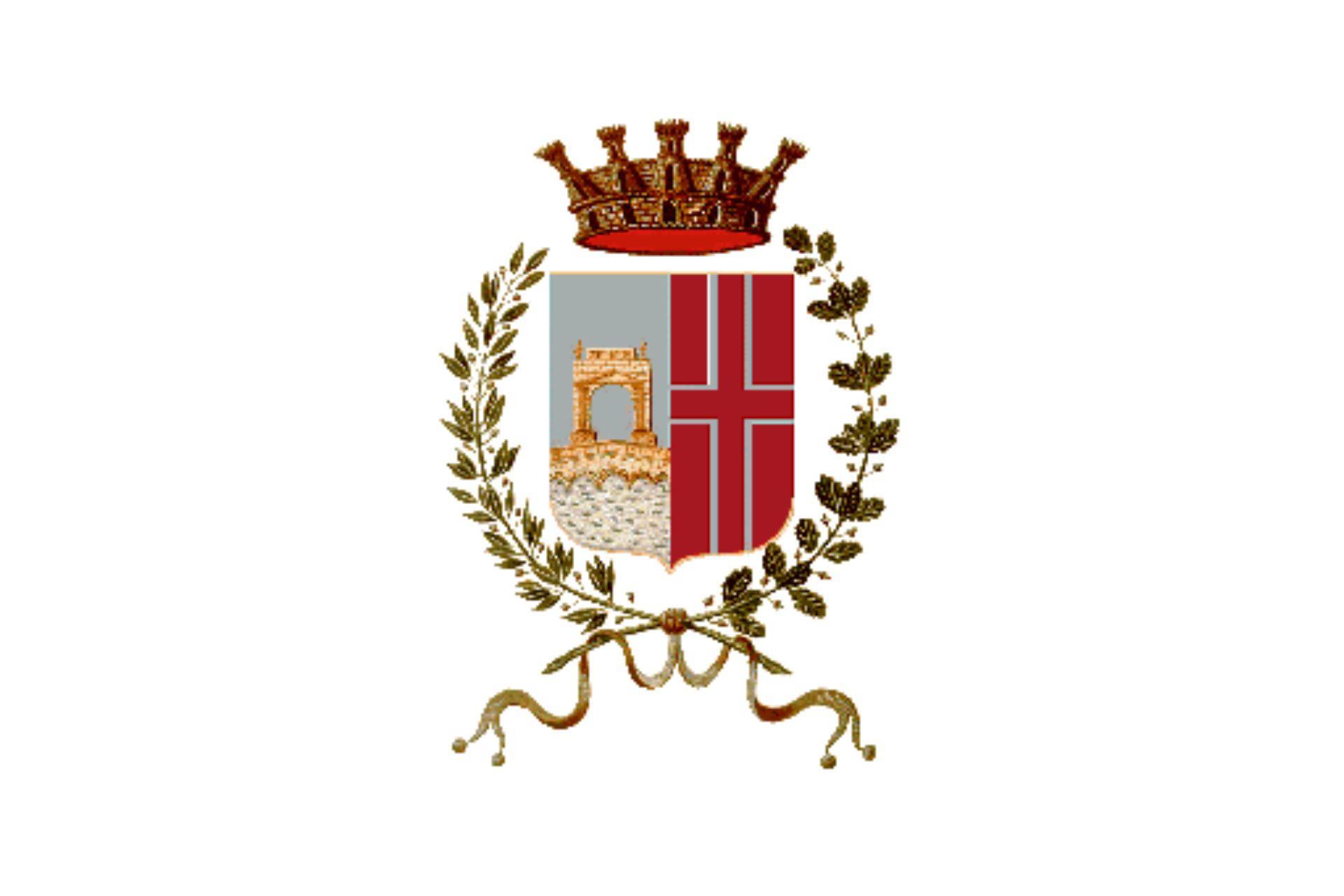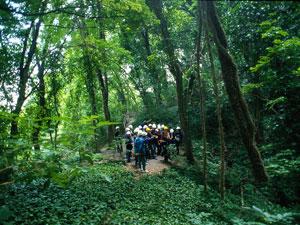Yesterday's Massa Trabaria would have bordered today's province of Rimini through the two present-day municipalities of Badia Tedalda and Sestino in the province of Arezzo
Massa, a High Medieval term, was a group of agricultural estates under a parish church.
The Massa Trabaria was a territory that the Papal State did not include in the Marca Anconetana, but constituted in the 13th century as its direct dominion to bulwark the expansionist aims of the Brancaleoni counts of the Upper Metauro Valley, the Carpegna counts and their collateral branches of Montefeltro, the Medici of Florence and the cities of Arezzo and Città di Castello.
It was a heavily wooded area and the logging trees, suitably processed and cleared by labourers in the Val Tiberina, were embarked on barges on the river Tiber and from there taken to Rome where they provided the wooden beams for the construction of the roofs of churches and cathedrals.
From Trabs, is (Trave) came the name Massa Trabaria.

On the wagons and then on the barges and barges that brought those tree trunks to Rome along the Tiber, there were signs bearing the Latin acronym 'A.U.F.' which meant 'Ad Usum Fabricae'.
i.e. material intended for the construction of churches and cathedrals, so it was exempt from papal taxes and enjoyed papal franchises.
From that Latin acronym is derived today the locution 'A ufo' to indicate eating on the cheap, without paying one's dues.
Negative meaning this, different from that of eating for free.
Perhaps this derived from the fact that probably under those trunks the coachmen and then the boatmen also placed hidden other things that did not enjoy papal exemptions.
The territory of Massa Trabaria included the following present-day municipalities:
Borgo Pace, Mercatello sul Metauro, S. Angelo in Vado, in the Upper Metauro Valley.
Belforte all'Isauro, Piandimeleto, Lunano, in the Upper Foglia Valley.
Frontino located between the Foglia Valley and the Municipality of Carpegna.
Badia Tedalda and Sestino today in Tuscany province of Arezzo.
The territory of Massa Trabaria was divided into four Pievanie, agrarian, religious and civil territorial districts under a church with a baptistery.
The four Pievanie were two in the Upper Metauro Valley, Mercatello sul Metauro and S. Angelo in Vado, two in the Upper Foglia Valley with Sestino and Belforte all'Isauro.
The Papal State failed to preserve the Massa Trabaria territory, which between the 15th and 16th centuries was divided between Florence with today's municipalities of Badia Tedalda and Sestino and the Duchy of Urbino with all the other localities.
by Gaetano Dini









